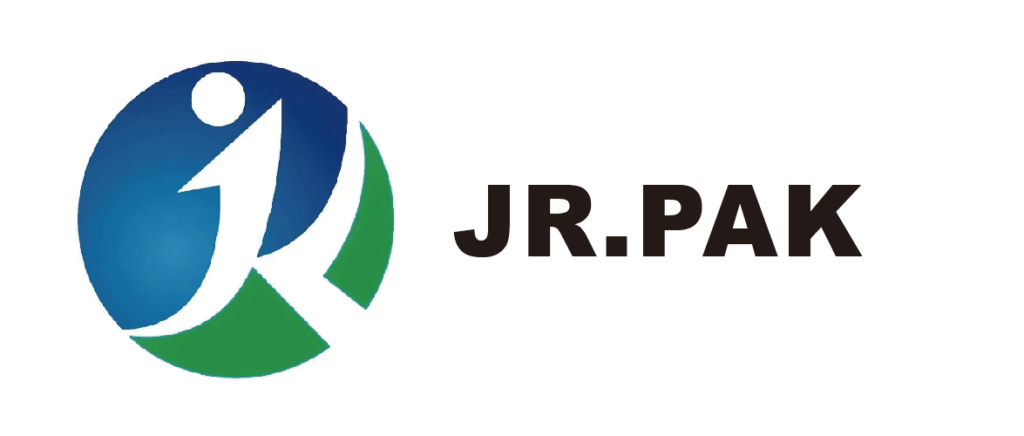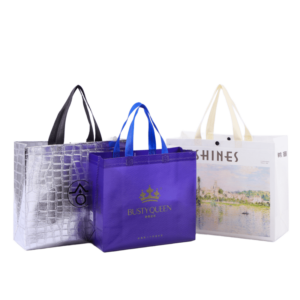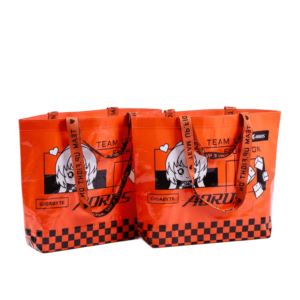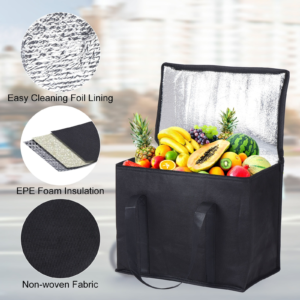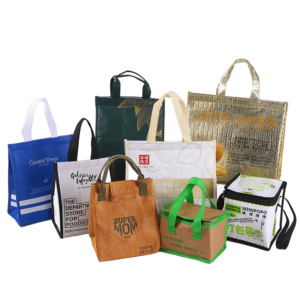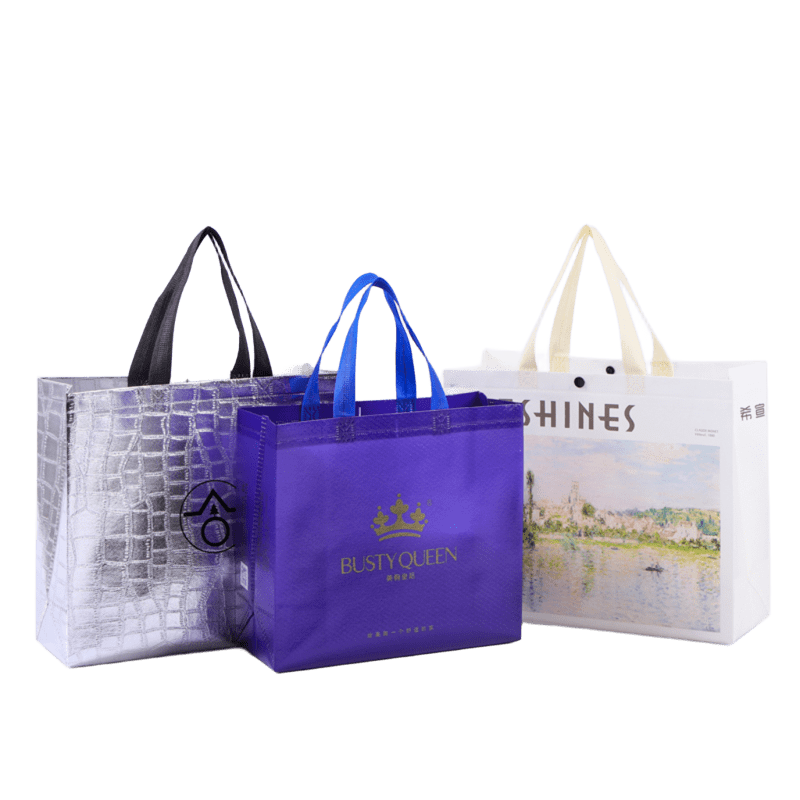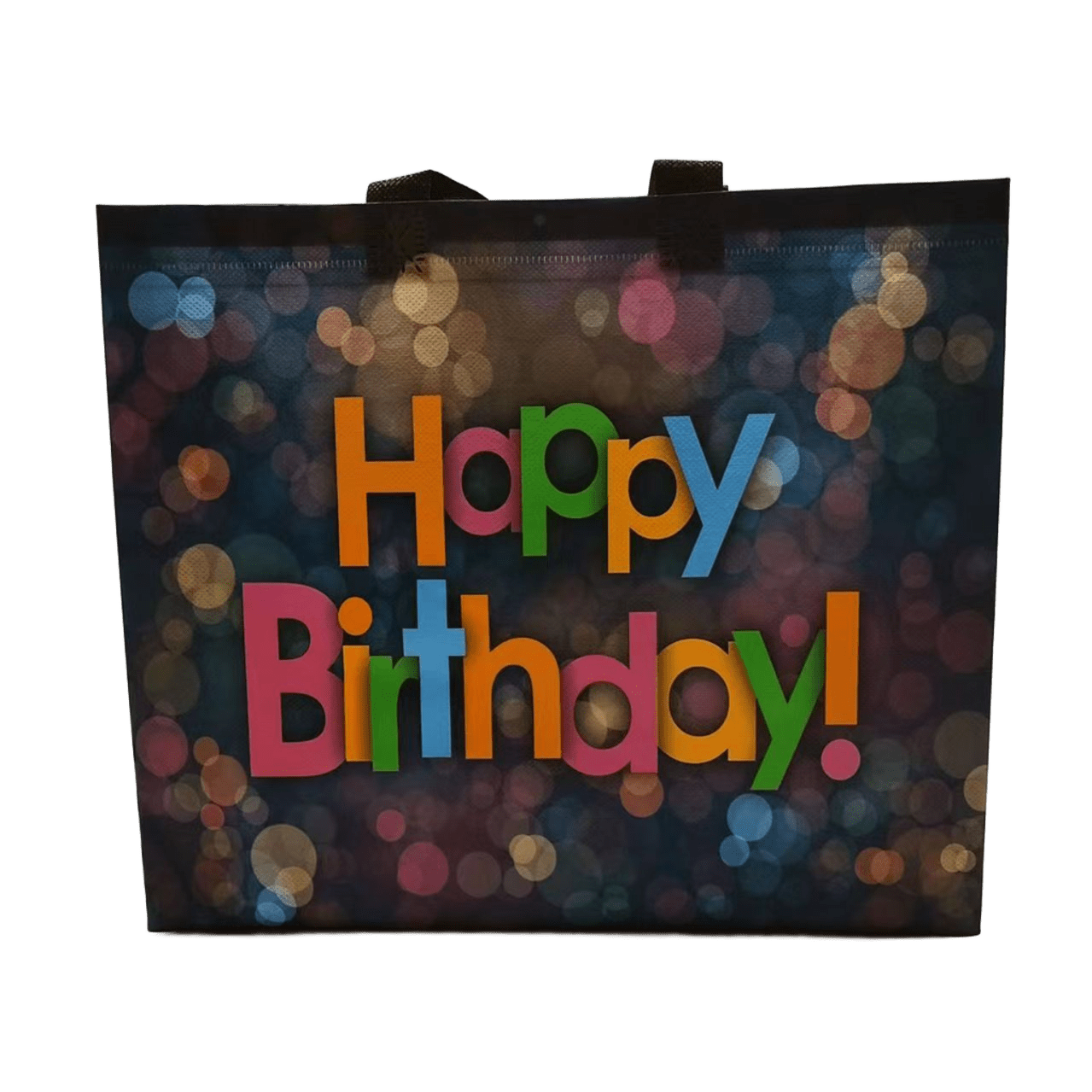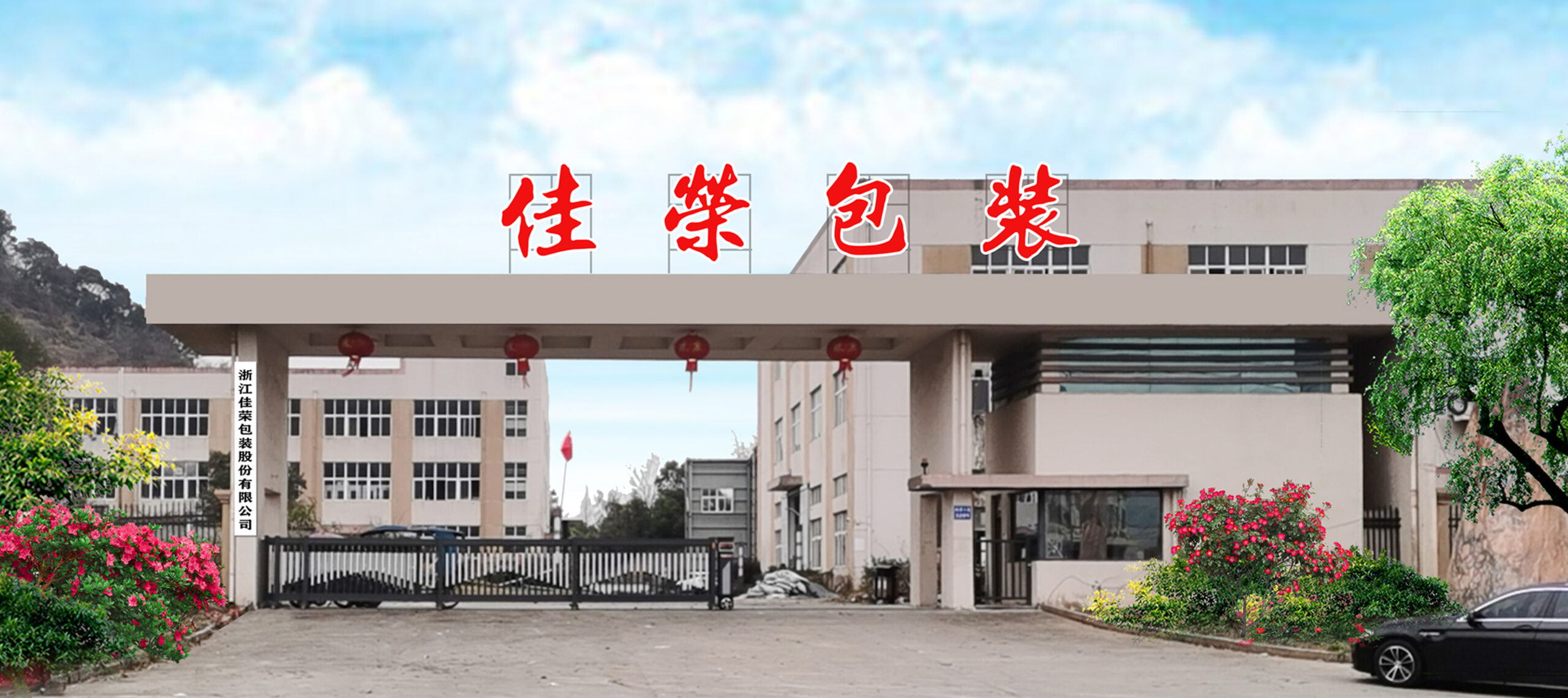
Ever looked at a non-woven bag and wondered—how is this thing made without weaving threads together?
Non-woven fabric sewing bags are made by bonding synthetic fibers into a sheet, then cutting, printing, and sewing them into durable, reusable bags.
This guide takes you behind the scenes so you know exactly what to expect when sourcing from factories.
What Materials Are Used to Make Non-Woven Sewing Bags?
It all starts with the raw materials. Without the right foundation, you can’t build a great bag.
Non-woven sewing bags are made using polypropylene (PP), a lightweight plastic polymer that’s bonded into fabric using heat and pressure.
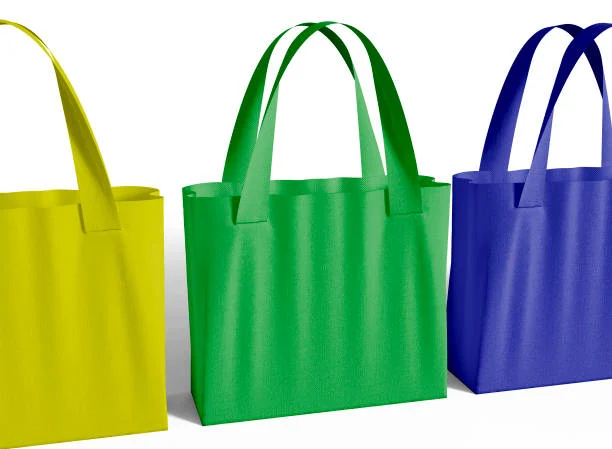
Why Polypropylene Rules the Game
PP is the go-to material for a reason. It’s cheap, strong, water-resistant, and easy to recycle. That ticks off a lot of boxes for buyers looking for eco-friendly shopping bags1 and promotional tote bags.
| Material | Features | Common Use Cases |
|---|---|---|
| Polypropylene | Lightweight, recyclable, affordable | Base material for non-woven bags |
| Color Masterbatch | Adds color to the fabric | Brand-specific bags |
| Lamination Film | Optional for waterproofing | Takeaway or delivery bags |
Depending on your needs, we can add a lamination layer or keep it soft and breathable. That's the magic of non-woven—it's highly customizable.
How Is Non-Woven Fabric Manufactured for Sewing Bags?
This isn’t traditional fabric. Non-woven material skips the spinning and weaving. It’s faster, more efficient, and great for mass production.
Non-woven fabric is made by melting polypropylene resin and bonding it into a flat sheet using a heat-based process like spunbonding.
How It Works in Our Factory
Here’s what goes down at JiaRong Packing:
- Resin Melting: Polypropylene pellets are melted at high temperatures.
- Filament Formation: The liquid PP is stretched into long, thin filaments.
- Web Formation: These filaments are laid into a flat, tangled web.
- Bonding: Heat and pressure fuse the web into a durable fabric.
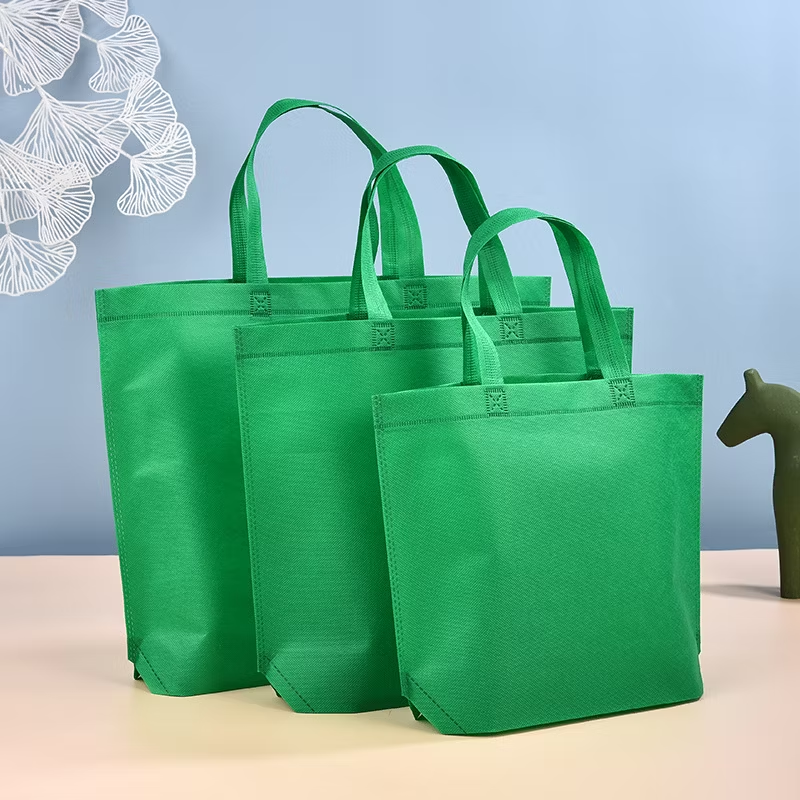
The process is fast. One machine can churn out hundreds of meters per hour. That's why non-woven is the backbone of low-cost eco bags wholesale2 businesses.
| Production Step | Description |
|---|---|
| Melting | PP resin is liquified at high heat |
| Web Formation | Filaments are laid into fabric sheets |
| Bonding | Heat and rollers seal the structure |
This method gives us a soft, cloth-like material that's durable enough for groceries but stylish enough for giveaways.
How Are Non-Woven Bags Sewn and Assembled?
Once we’ve got the fabric, it’s go-time for cutting, printing, and stitching. This is where customization and design come in.
Non-woven bags are cut to size, printed with client logos or messages, and sewn together using industrial sewing equipment.
From Sheet to Carry Bag
Here’s our go-to routine:
- Cutting: The fabric is shaped according to the client’s order—tote, drawstring, boxy, etc.
- Printing: Custom artwork is added with eco-friendly ink. Screen or gravure printing are both options.
- Sewing: Skilled workers use heavy-duty machines to sew handles, edges, and gussets.
At JiaRong Packing, we use over 100 sewing machines and a team of trained experts to keep things moving smoothly. Need custom sizes? Extra pockets? A zipper? No problem—we’ve got you.
These bags are often used for supermarket promotions, retail packaging, or corporate gifts, and they’re reusable, making them popular with environmentally-conscious shoppers.
Why Quality Control Is Crucial in Non-Woven Bag Production?
Trust me, one weak stitch can ruin a whole shipment. That's why QC is not optional—it’s the heart of production.
Quality control checks ensure that every bag meets strength, durability, and branding standards before it leaves the factory.
We Check Before You Regret
Here’s how we stay ahead of the game:
- Visual Checks: We look for misaligned prints, wrinkles, or color fading.
- Load Testing: Bags are tested to handle specified weight limits.
- Edge Inspection: We check for loose threads or frayed seams.
Especially when dealing with international buyers from Europe, North America, and Japan, having all the right certifications and reliable delivery matters big time. We’ve seen clients burn bridges with other suppliers because of missed deadlines or bad stitching.
By keeping everything under one roof—from production to QC—we make sure you get what you ordered, on time, every time.
Conclusion
From melted pellets to polished eco totes, non-woven bag production is fast, flexible, and surprisingly complex.
I’ve seen too many buyers fall into the trap of thinking all bags are the same. But trust me—they’re not. If you're hunting for custom eco bags at factory prices, visit https://zjjrpackaging.com/. Let’s make something great together.
